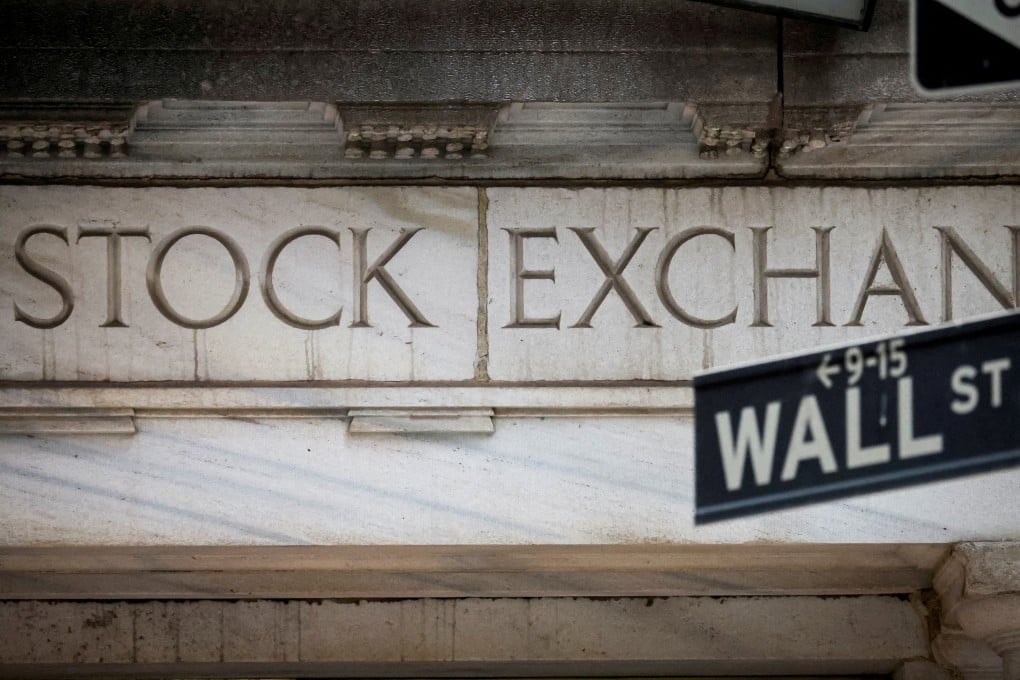Macroscope | To understand the 2023 banking crisis, look back to the 2008 financial meltdown
- The solutions put in place to stabilise the financial system in the wake of the global meltdown have not protected us from the risks of damaged fiscal finances and weak growth potential
- With financial confidence still fragile, the ability to cope with shocks like SVB and Credit Suisse is limited

New crisis? What new crisis? It’s too easy to write off the current banking crisis as just another unfortunate event in a long series of setbacks suffered by the world since the 2008 global financial crash. In truth, we still haven’t emerged from the aftershock of 2008.
The world has subsequently been battered by the pandemic, the Ukraine war, the inflation shock and the current banking crisis, but they are all genetically linked by the failure of policymakers to deal with contingent risks arising from 2008. World financial stability remains deeply challenged by weak global growth potential, compromised monetary policy and badly damaged fiscal finances, a leftover from 15 years ago.
The crisis of 2008 still has a very strong resonance today. It’s not hyperinflation that we need to worry about but the longer-term danger of deflation if the world slips back into recession after central banks overreacted with higher interest rates than necessary.
Of course, you have to have some sympathy for central bankers, conflicted by the need to batten down the hatches on inflation while taking care not to upset economic confidence and market stability in the process. It’s the speed at which official interest rates have been driven higher over the past year that has done the damage.


